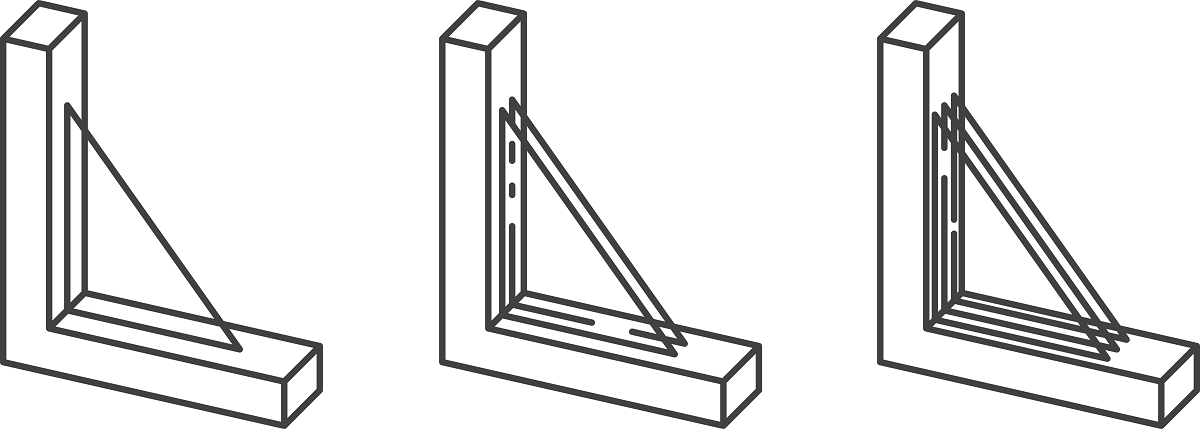As the saying goes, two’s company, and three’s a crowd. While this may be true in a romantic setting, the same might not be said when it comes to glazing. Double glazing has been the most common choice for many years now. Still, the growing popularity of triple-glazed windows, an ever-increasing focus on thermally efficient homes and cutting down on heating costs begs the question – who would come out on top in a double glazing vs triple glazing showdown?
To help you make an informed choice on which option you should go for when considering purchasing new windows for your home, here’s an informed guide to the main differences between double glazing and triple glazing.
The differences between double glazing and triple-glazed windows
The part of your window referenced when talking about glazing is the sealed glass unit that sits within the frame, also known as an insulated glass unit (IGU). Quite simply, a double-glazed unit has two panes of glass, while a triple-glazed window unit has three.

The air gap between the two panes of glass in a double-glazed unit reduces the thermal transmission of air, both hot and cold, increasing the window’s energy performance and heat retention.
The gap is created by a spacer bar. Previously manufactured from aluminium, spacer bars are now warm edge as standard to retain extra heat. The units are also argon-filled for additional insulation.
As triple-glazed window units benefit from an additional pane of glass, a second air gap is created to increase performance levels even further, meaning less heat loss and more solar gain. So, while triple glazing costs 30-40 percent more than double glazing of the same design, you will benefit from superior thermal efficiency.
Acoustic performance
When it comes to noise reduction, believe it or not, triple glazing can increase the noise in your home as the third pane of glass creates an echo chamber which amplifies the sound. However, this can be countered by having a special laminated layer on one of the panes, disrupting the transmission of sound waves.
If you live in a particularly noisy area, this might not prove effective enough, and it might be worth considering special acoustic glass, which is designed to reflect, absorb, and dampen sound waves.
Regarding security, the only real difference between standard double glazing and triple is that the additional pane of glass makes it even more difficult for an unwanted intruder to break the unit.
28mm vs 36mm
This isn’t always viable if you’re considering retrofitting triple glazing into an existing window frame. Because of the additional pane utilised in triple glazing, the standard size of a unit is 36mm, whereas it is 28mm in double-glazed units. This difference in depth may mean that your existing window frames cannot accommodate triple-glazed units.
In conclusion, when comparing double glazing to triple glazing, if the units are both manufactured from the same materials and to the same quality levels, you should expect approximately 20-30 percent higher standards of thermal efficiency with triple glazing – although it is a more expensive investment.
As triple glazing is only compatible with specific window systems and styles, choosing triple glazing could limit your window style choices.
It’s always best to chat with your local double-glazing and triple-glazing installer – find your nearest Certified Competent fitter here.
If you have any further questions about which options suit your needs best, please contact us.


